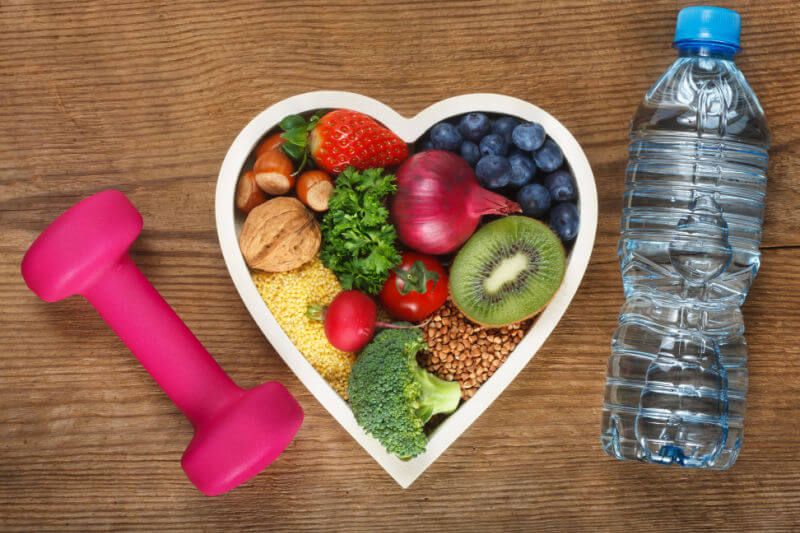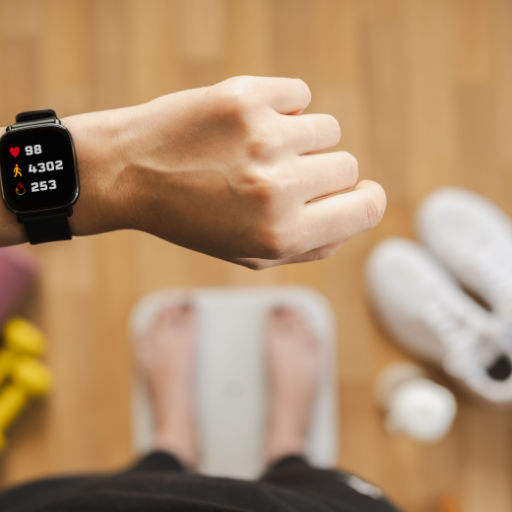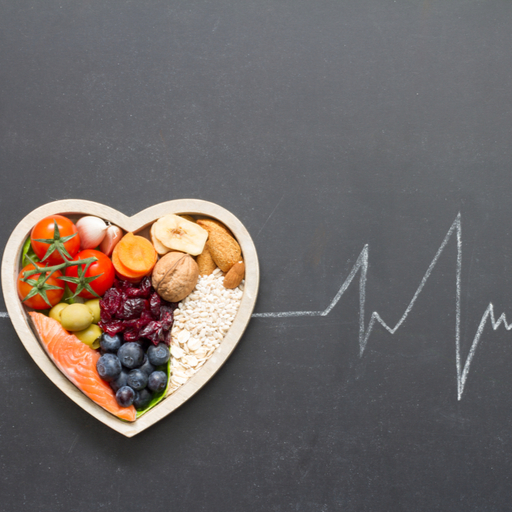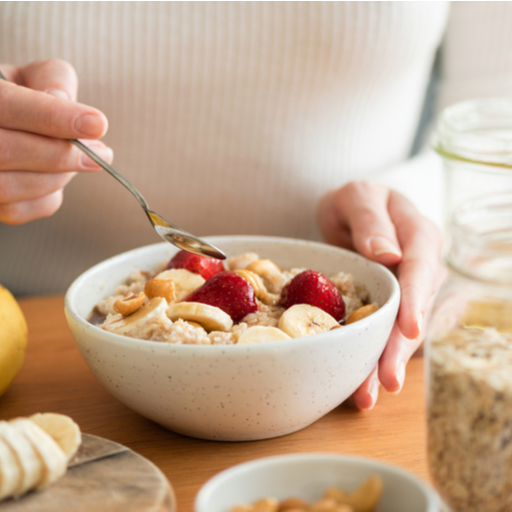If you want to be fitter and healthier, you might wonder, “How many calories should I burn a day?”. Calorie-burning exercises are often suitable for obese or overweight people and can benefit your heart health. A 300-calorie exercise can help anyone get in better shape. Read this blog to learn more about how to avoid heart conditions by waving off 300 calories daily.
3 Benefits of a 300-calorie workout

Even the slightest changes in daily calorie consumption can significantly change your cardiovascular health. Cutting down calories can also help you decrease your blood sugar level. Here are 3 health benefits of cutting down 300 calories every day:
1. Boost cardiovascular health
Cutting down on calories can enhance your cardiovascular system and the healthy cholesterol level in your body. In addition, a 300-calorie workout can also help reduce the risk of heart disease by changing the metabolism rate.
Cardio exercises like walking, jogging, or skipping can reduce blood pressure. They also control your blood sugar levels and, in turn, improve your heart health.
2. Manage your weight
Burning 300 calories daily can help you lose half kg of weight every 2 weeks. However, following a weight loss diet is also recommended after exercising. If you’re still confused about how many calories you should burn in a workout, try waving off 300 calories every day, and you can control your body weight.
3. Enhanced physical strength
Burning off 300 calories every day will reduce the amount of body fat in your body and increase muscle mass. While exercising and building muscle mass can help develop physical strength, it also reduces body fat, decreasing the chances of suffering from common heart diseases and diabetes.
Benefits of burning calories for heart health
Burning calories can immensely benefit your heart health.
- Burning calories regularly will keep your pre-existing health conditions in check and reduce the risk of their severity.
- Exercising can improve the blood flow to the brain, reducing the risk of strokes.
- Burning calories can make your blood vessels healthier, lowering the risk of cardiovascular diseases.
- Regular exercise can help improve your body’s ability to use insulin, which can help reduce your risk of developing type 2 diabetes.
Exercises to burn 300 calories a day
You can easily complete a 300-calorie workout in an hour. You can wave off calories by doing exercises, swimming, spending time in the gym, etc. Another convenient way of burning 300 calories is walking at least 10000 steps. Here are a few exercises you can start with if you want to know how many calories you should burn in a workout session:
- Skipping
- Swimming
- Dance workouts
- HIIT (High Intensity Interval Training)
- Vinyasa yoga stretches
- Deep cleaning your house
Calories to burn in a day
As a general thumb rule, we need to burn 3500 calories to lose half a kg of body fat. Calories are always burnt, even while resting, as body functions such as breathing and blood circulation also require calories. Typically, more active people burn more calories than people who lead quiet, sedentary lives. So if you are contemplating, “How many calories should I burn a day?”, the answer lies in your daily fitness goals and habits.
Superfoods for your heart

If you want a healthy heart, eating healthy food is compulsory. Superfoods for your heart can be included in your daily meals to keep your heart strong. Foods containing unsaturated fats and fibers can make your heart strong. While Omega 3 (unsaturated fats) removes plaque and unwanted fat from our body, fibers remove cholesterol particles from our bodies. As a result, these foods help decrease the overall cholesterol and risk of diseases. In addition, there are several superfoods that you can consume for an excellent cardiovascular condition.
- Veggies such as broccoli, spinach, cabbage, etc.
- Fruits like grapes, bananas, and apples.
- Whole grains like brown rice, tortillas, and plain oatmeal.
- Protein-rich food such as eggs, lean meat, and fish (trout and tuna) are high in Omega 3 fatty acids.
While exercise and good food can boost your cardiovascular health, you must take care of your overall health for a healthy heart in the long run. Consider maintaining a balanced diet and exercising daily to start living with a healthy heart.
Stay tuned to the Activ Living Community. Keep up to date with the latest health tips and trends through expert videos, podcasts, articles, and much more in nutrition, fitness, mindfulness, and lifestyle conditions like Asthma, Blood Pressure, Cholesterol, and Diabetes.
You may also be interested in the following blog articles:
- 8-Minute Cardio Yoga For A Healthy Heart And Min
- Strength, Mobility, Cardio, Fun – That’s What The Animal Flow Workout Is All About
Popular Searches
How to lower blood pressure | Fruits good for liver | Unhealthy foods | Ragi Benefits | Basal Metabolic Rate | Acupressure points for High Blood Pressure | Ayurvedic medicine for blood pressure | How to control cholesterol at home | Homeopathy for Asthma | Biological Age | Home remedies for TB | Natural beta blockers | Negative effects of internet | Types of walking | Blood pressure calculator | Blood sugar calculator | BMI Calculator





 1800-270-7000
1800-270-7000








